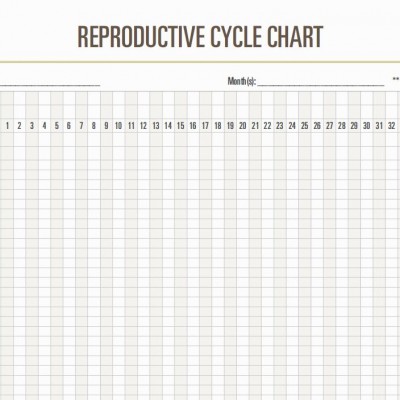
by Charmaine Dennis, FGHG Director and Naturopath
Do you want to know exactly when you are fertile so that you can have the best chance of consciously concieving each cycle? Your body will give you all of the signs that you need to identify your fertile time of the month – your fertile window. Fertility charting is a highly accurate way to become aware that ovulation is imminent and often very easy to learn. You may find that you can easily interpret your signs and get started at timing your attempts to concieve with no trouble. If you have irregular cycles or have trouble clearly seeing the signs you may need extra guidance from one of our naturopaths or acupuncturists.
Where time permits, it is useful to check and record the signs and symptoms of your reproductive cycle for a few cycles before you try to conceive. Knowing your signs of ovulation and timing your sex with understanding of your cycle will give you an increased sense of confidence in your conscious conception. Marking secondary symptoms like headaches or fluid retention gives very useful information about your cycle and hormones to assist with providing the best treatment for your individual needs. Download your free chart here to get started.
CHECKING AND RECORDING YOUR CERVICAL MUCUS CHANGES
Check your mucus each time you go to the toilet (before urination) by wiping at the opening to your vagina and stretching it out between two fingers. Record the amount, colour, texture, and external sensation on your chart. Always record the most fertile mucus you noticed that day.
Your basic infertile pattern of mucus can vary from none/dry or damp, pasty, flaky, crumbly, thick, dense in the non-fertile phases. As ovulation approaches, the mucus pattern will change to creamy or milky and start to increase and become wetter. Your fertile mucus will be clear, wet, watery, slimy, slippery or stretchy at ovulation, more like raw egg white.
How does the outside of your vagina feel? Is it wet or dry, moist or damp? Is there a lot of it, a medium amount or very little. The wetter the sensation, the more fertile you are.
You are most fertile in the 2-3 days before and on the day of ovulation. This is your Fertile Window. This clear, egg white mucus will help the sperm to reach the egg.
Immediately after ovulation, there is a marked decrease in mucus production, with a quick return to your basic infertilepattern. You can confirm ovulation has occurred if you are charting your temperature as well (see below).
CHECKING AND RECORDING YOUR RESTING TEMPERATURE
You need a digital thermometer designed for under-the-tongue use (not an ear thermometer).
Have the thermometer beside your bed before you go to sleep. On waking, before getting out of bed or even talking, take your temperature by placing the thermometer under your tongue. It is important to make as little movement as possible whilst taking your temperature to get a true resting temperature. On your chart place a dot in the box that corresponds to your temperature and day of cycle.
Many thermometers keep the temperature displayed until you use it again, so you don’t have to record it straight away if it is still dark or you are trying not to wake your partner.
Your temperature needs to be taken ideally at the same time each morning after at least 5 hours consecutive sleep. Mark your regular waking time, and record any variation. When you sleep in, record the temperature and add a second mark 0.05 down (one box) for every ½ hour extra sleep. If you wake up early, adjust your temperature 0.05 up for every 1/2 hour.
Usually, there will be a “thermal shift” of about ½ a degree celsius that indicates ovulation has occurred. The temperature starts to shift after the egg is released – The rule is 3 over 5 – you need to see 3 mornings of higher temperatures than the last 5. This is why you can’t use temperature charts to time your conception attempts, as once the shift has occurred, ovulation is already over and you have missed your chance. You can however record any sex you have had and use your chart to see if you did indeed get the timing right in that cycle to know that you are in with a chance.
Conditions that may affect your temperature may include things like a late night, fever, a cold, sleeping in, broken sleep or alcohol. These may cause abnormally high or low temperatures, so it is important to record them for understanding your temperatures when looking back over time.
MAKING SENSE OF IT
Scan and email, or bring your charts to every appointment where possible. Your practitioner will help you to understand and interpret your chart with ease. It may seem confusing at first but with in a few cycles, it will become clear – a free and easy method to understand your cycle for your reproductive life.

